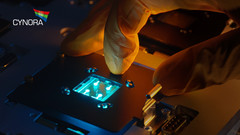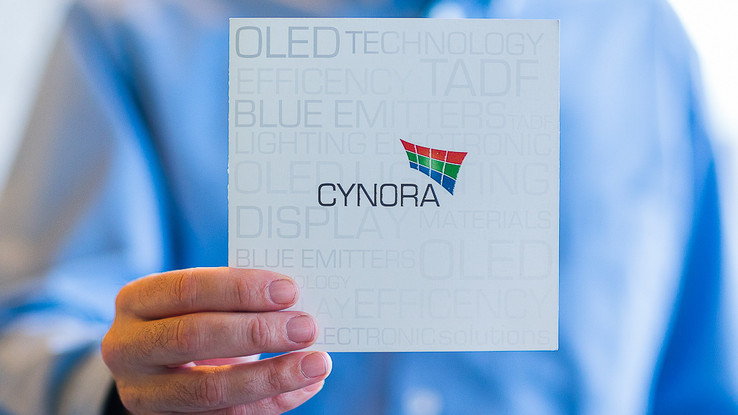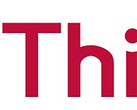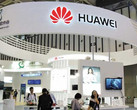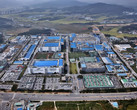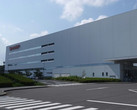Founded in 2008, German tech company Cynora has been specializing in the development of OLED displays based on TADF (Thermally Activated Delayed Fluorescence) technology. When compared to current organic molecules on OLED panels, TADF molecules promise to be more energy efficient whilst allowing for higher native resolutions. In other words, the luminance of individual pixels will be brighter when provided with the same electric current. Thus, it's perhaps unsurprising that two of the world's largest OLED manufacturers have taken an interest in Cynora's R&D efforts.
Based on the official press release, the two aforementioned South Korean manufacturers will collectively invest 25 million Euros for Cynora to develop TAFD OLED panels that are able to reproduce a "full range of colors" by 2018. If successful, LG and Samsung will very likely commercialize and mass produce these panels for the next generation of smartphones and tablets.
OLED research has been a very hot topic as of late now that players like Apple have taken a financially lucrative interest in the technology. Sharp and Google have already promised to invest $800 million USD and $880 million USD, respectively, into OLED R&D just this year. Apple itself has pledged $2.67 billion USD into LG to hasten its OLED efforts. We predict that more flagship smartphones will begin shipping with OLED panels in the very near future followed by budget-mainstream offerings from Chinese manufacturers once prices and production stabilize.




